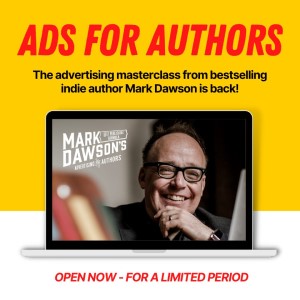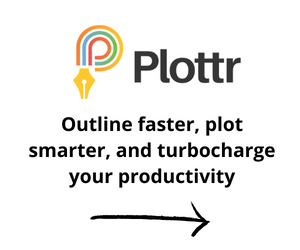Your author website is an essential component for any writer or indie publisher and should be seen as the jewel in the crown in which to send traffic.
With your own website, you have full control and won’t be left exposed to sea changes in the social media sphere, new rules or algorithm tinkering that eats away at your reach.
Here are seven boxes to tick when it comes to making your web presence an effective marketing tool.
- Branding
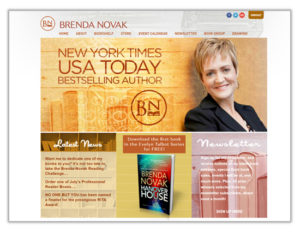
A great use of brand colours: https://brendanovak.com/
Hopefully, your books have a consistent brand in keeping with your genre that you want to be associated with. Building a strong foundation for your brand should be a high priority early on. So can the look and feel of your books be carried over to your website? Is your gritty crime noir diverging well across to your online presence? Does your romance catalogue smoulder alongside others in that category?
Colours are also extremely important and any good designer will know this. Avoid jarring primary colours at all costs and keep them complimentary. If in doubt, go for simplicity.
- Book Showcase
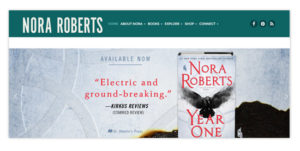
Making the most of your latest release: http://www.noraroberts.com
Use your website to highlight your latest books or focus on a launch promotion with related graphics on the header, a video or a slider graphic that draws in the reader.
- Lead Magnets
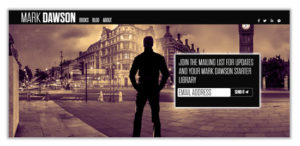
A strong email opt-in could do wonders for your list: https://markjdawson.com/
Potential fans should be easily able to subscribe to your newsletter, get your free offer and join your reader family by way of a Lead Magnet. Use the onboarding process through an automated sequence of emails, to build that relationship over a period of time.
- Linking Wide.
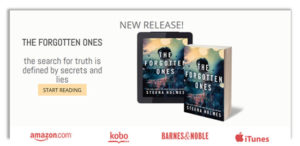
Using logos as links to all the stores: https://www.steenaholmes.com/
If you publish across different retailers make it easy for potential readers to click through and purchase on their preferred store. If you want to sell more books on Kobo then clearly link to them. This may also help build a relationship with the retailer for future promotions.
- Social Media Exposure
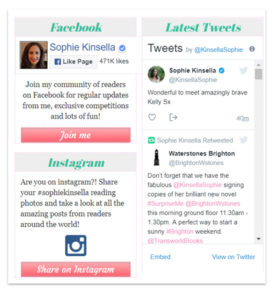
A window to your social media feeds: https://www.sophiekinsella.co.uk
Be sure to link to all your other Social media channels. Yes, readers may well want to see your Instagram baby pics or prefer to stay within the walled garden of Facebook. Make it easy for them to find you, whatever their preference.
- Blog Insights
Some authors shy away from too much time blogging and it’s understandable. After all, books don’t write themselves, just yet. But, consider it a vehicle for showing your personality as an author as well as book news, project progress and story snippets. Some readers will warm to you the more they understand what makes you tick.
- Technical Basics.
Last but definitely not least you should ensure your website is mobile friendly otherwise it may not appear in Google’s mobile search results. If you’re using WordPress then most good themes are mobile compliant but remember to specify this to your designer or check the theme.
You should also enable HTTPS as standard on your website. The Google Chrome browser displays sites as “not secure,” which could scare visitors and potential buyers away. Ask your web host for more details about installing an SSL certificate onto your server.
There you go! Seven essential ingredients to give your website a great foundation to drive traffic, convert visitors and show off your glorious author brand.


